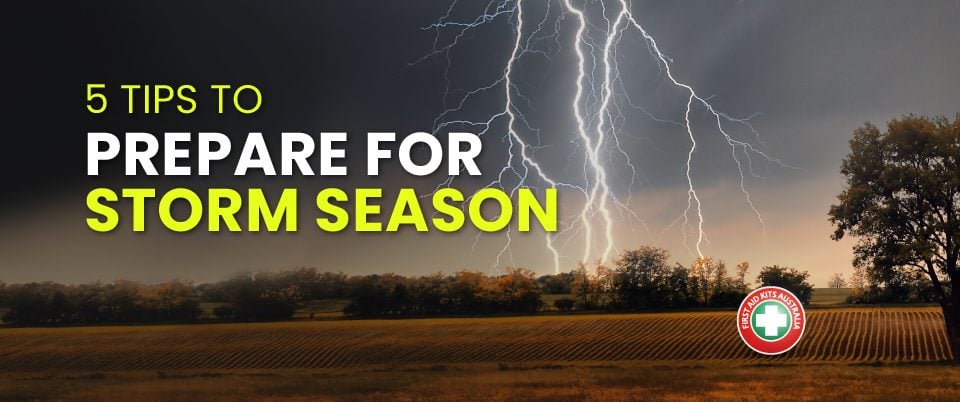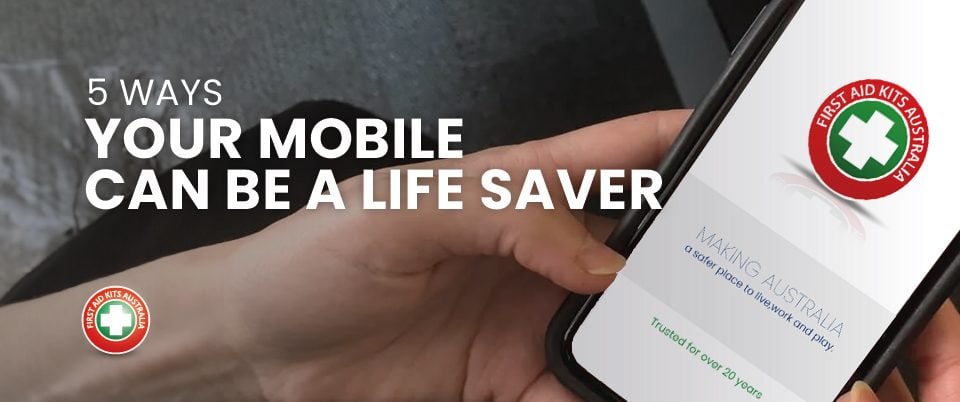
First Aid Tip: How to Treat a Snake Bite
5 September 2021
First Aid Tip: Treat Burns and Scalds
26 October 2021WHAT IS CPR?
Cardiopulmonary Resuscitation (CPR) is a First Aid technique that is used to recover someone who is unresponsive and not breathing or properly breathing. Anyone can learn CPR and potentially save a life.
If you do not already know how to preform CPR, or need to refresh your skills, visit Fluid First Aid.
BEFORE YOU START CPR
Follow DRS ABCD to respond to a child between the age of 1 and 8 years-old who is unresponsive or not breathing, remember to call 000 before you begin CPR, and if someone else is present, request that they locate an AED (Public Access Defibrillator).
1. Danger
Assess the danger of the situation and remove yourself and the child from it.
Response
Check the child for a response, squeezing their shoulders or hand. Ask them to open their eyes.
2. Send for Help
Call 000 for ambulance
3. Airway
Then, you need to clear their airways.
When unresponsive our muscles relax, which causes the tongue to fall back and block the persons airway, preventing them from being able to breathe. Therefore, it is important to:
If necessary, place them on their side and use two fingers to sweep out anything that may be in the child’s mouth.
If on the back tilt their head back and lift their chin
4. Breathing
If nothing is blocking their airways, check breathing by look for chest movements, listen for breathing sounds, or feel for breath on your cheek. If they are breathing normally (3 breathes in 10 seconds) then roll them onto their side, and regularly check for normal breathing until the ambulance arrives. If they are not breathing you need to begin CPR.
5. Compressions
HOW TO PROVIDE CPR FOR CHILDREN
Place them onto their back on a flat hard surface or the floor
Place the heel of your hand in the centre of the child’s chest and start with 30 compression at a rate of 2 compressions per second, pushing the chest down by at least a third.
After 30 compressions, and ensuring their airways are open, pinch the child’s nose and take a breath before sealing you mouth over the child’s mouth. Give one steady breath and watch for their chest to see a rise. Watch their chest as your take your second breath, and listen or feel for air leaving the chest. Repeat another breath into the mouth of the child.
Repeat. Continue 30 compressions, followed by 2 breaths, until the child recovers, your are physically exhausted, danger arises or when medical help advisers you to stop.
If the child starts breathing or becomes responsive, turn them onto their side tilt their head back to open the airway. Keep watching their breathing. Be ready to start CPR again at any time.
6. Defibrillation
As soon as an AED is available, place the pads on the child and follow the AED prompts.
For a child aged 8 years and under, it is preferred that you use a Pediatric AED if it is available. Otherwise, the standard AED pads are acceptable by placing one pad in the centre of the chest and the other pad in the centre of the back.
Turn on AED
Wipe chest dry and place the pads as per the pictures on the pads
Follow the step-by-step prompts of the AED
Continue compression and breaths as you follow AED prompts until emergency help arrives, or the child begins to breathe or respond.
Remember: Make sure no one touches the child while the shock is being delivered.
Knowing CPR, and having access to an AED, can make the difference in someone’s life. To stay ahead of such emergencies, visit Fluid First Aid Courses for CPR training access, and find easy-to-follow AED Defibrillators from First Aid Kits Australia.





